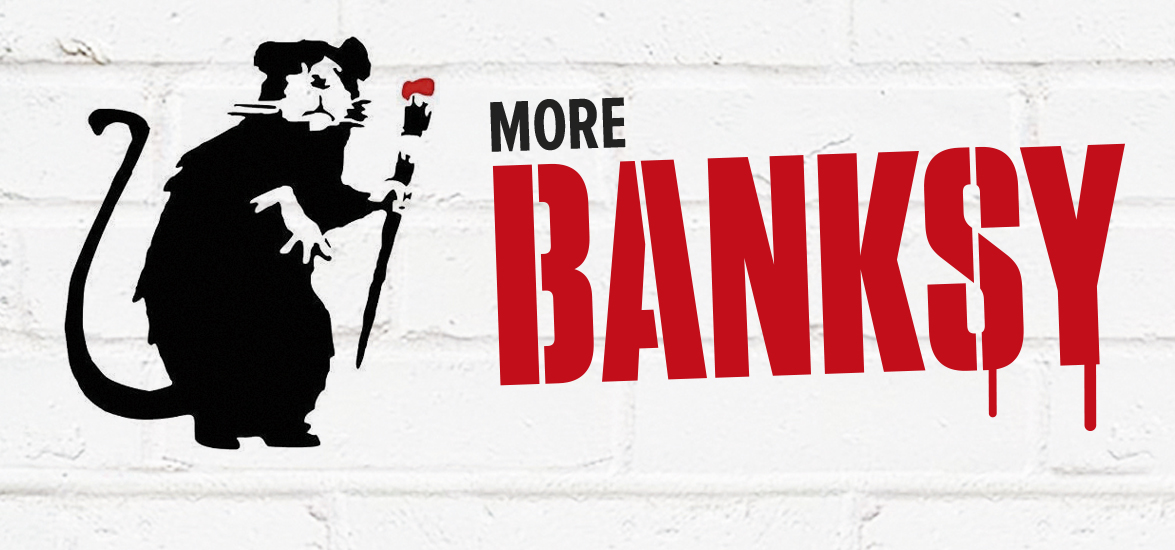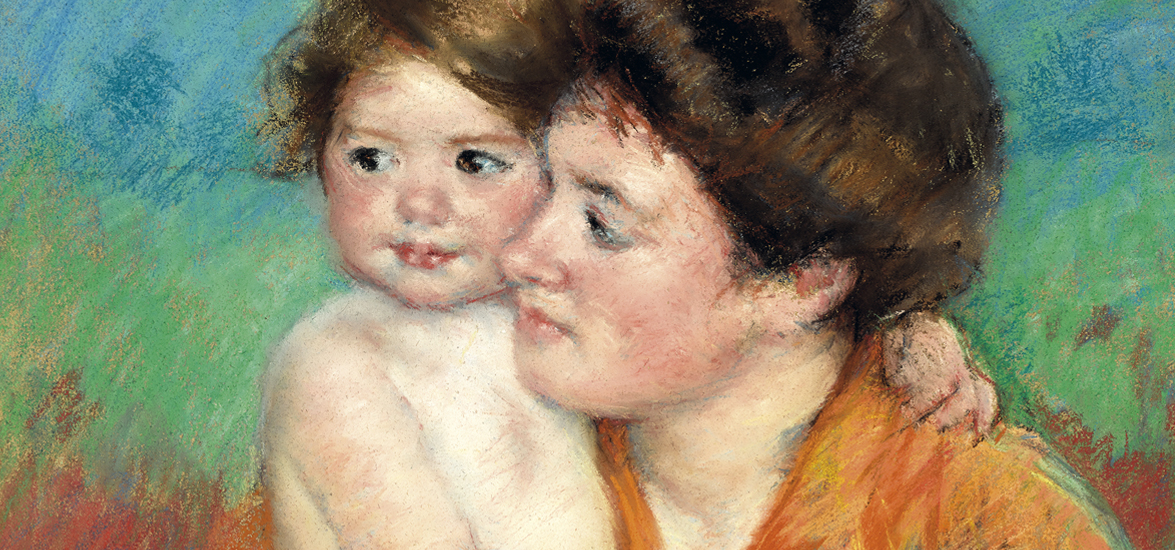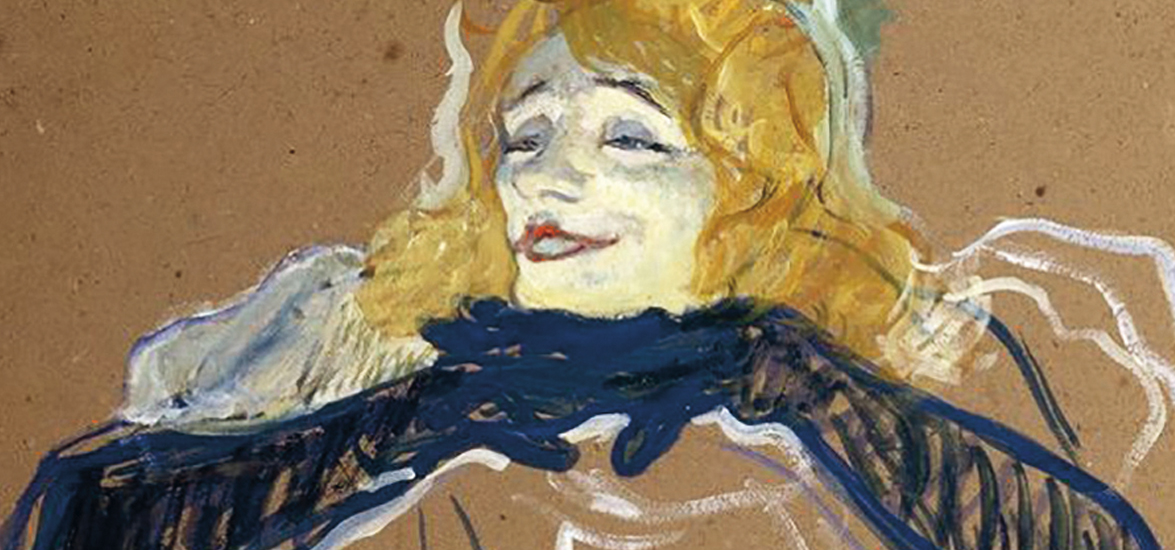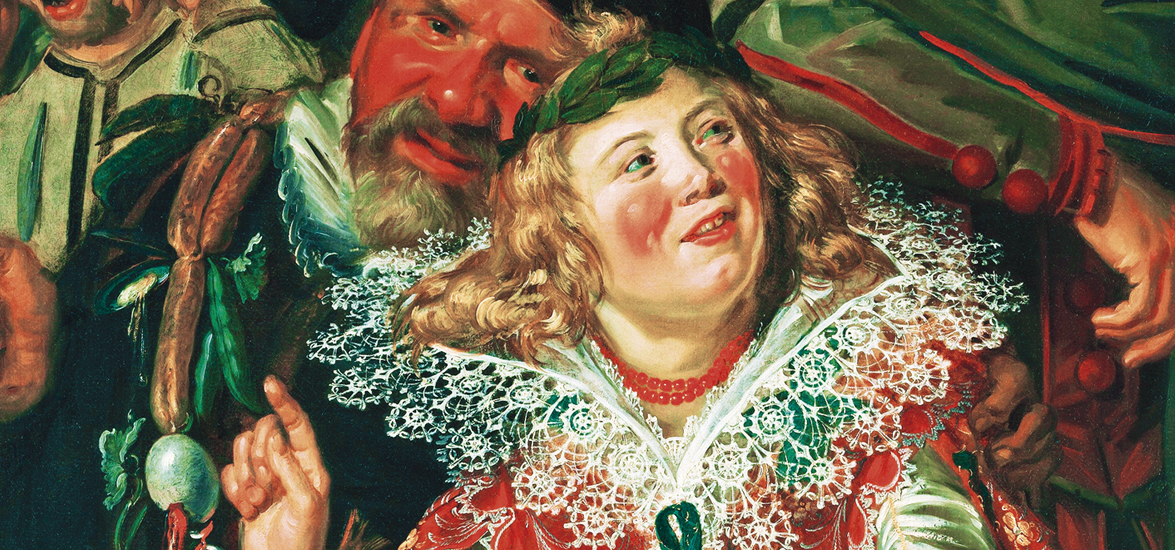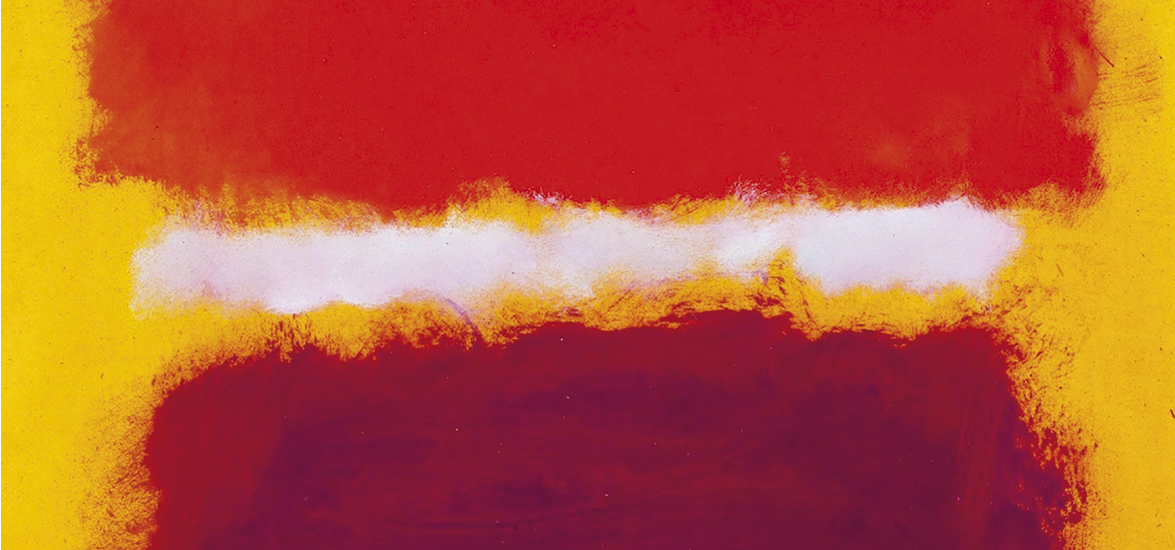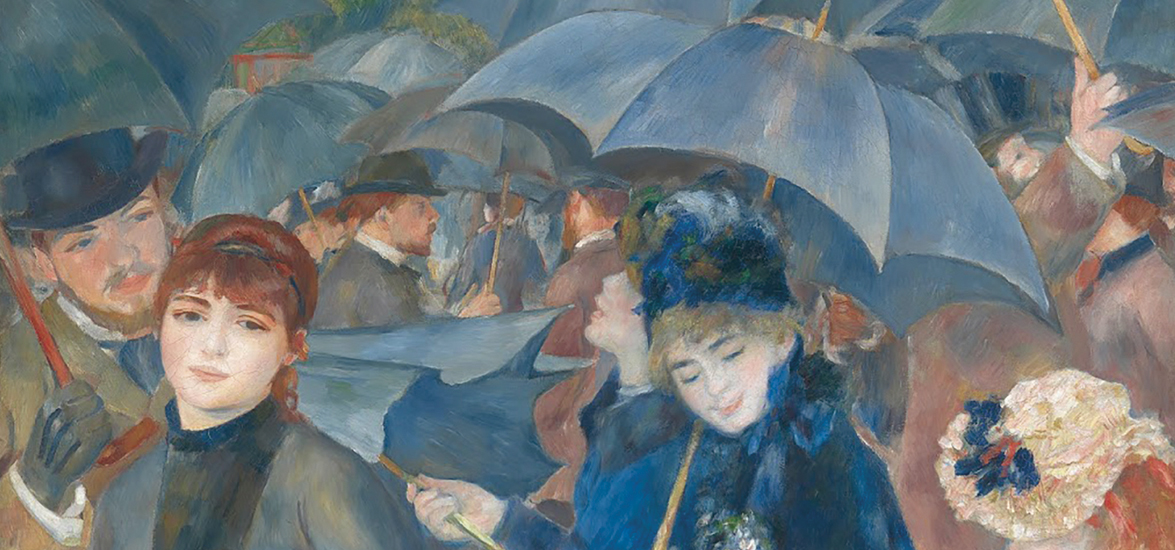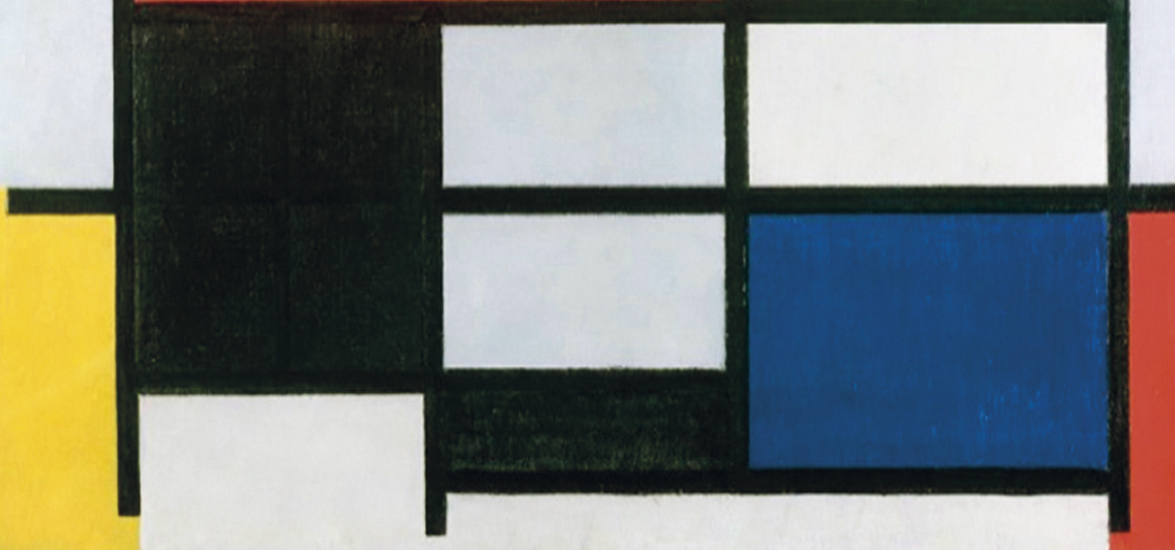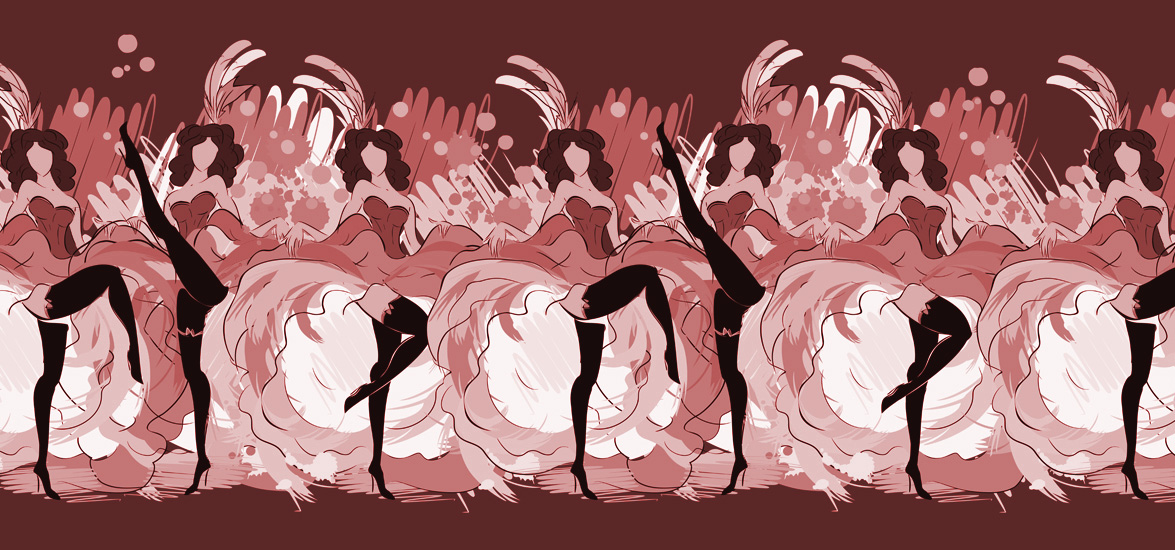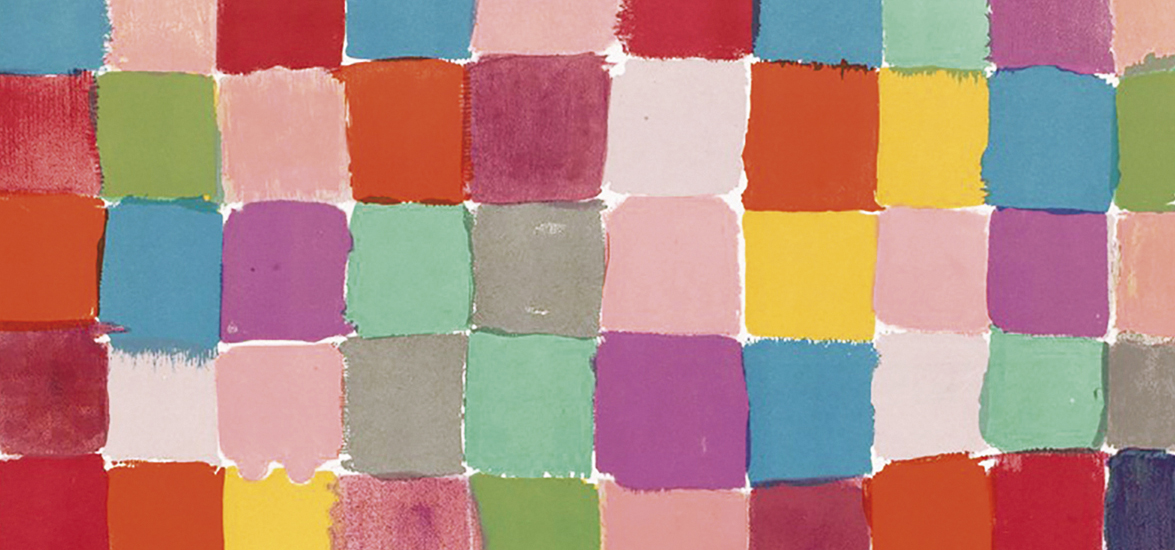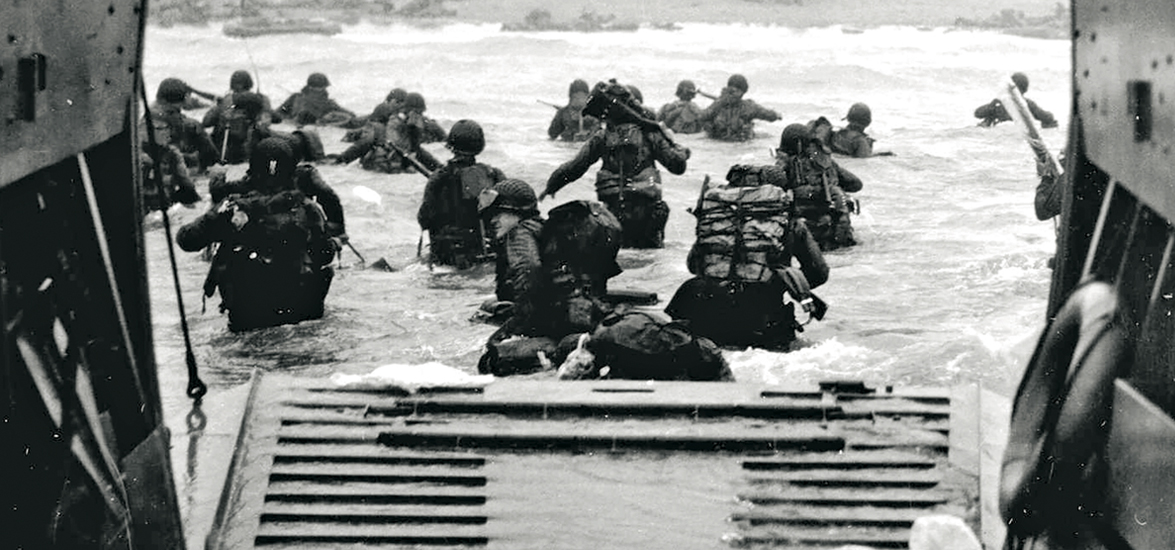
D-DAY 80th Anniversary
‘People of Western Europe. A landing was made this morning on the coast of France…’ Gen. Dwight D. Eisenhower Allied Supreme Commander OVERLORD, evening of June 6, 1944 AN OPPOSED LANDING is one of the most hazardous military operations. Ike’s laconic words hid the complexities, agonising decisions, years of planning and deception that lay behind the invasion, the ‘longest day’ as Rommel called it. On D-Day 150,000 men were carried by some 7000 ships to liberate France and Europe from Read More

